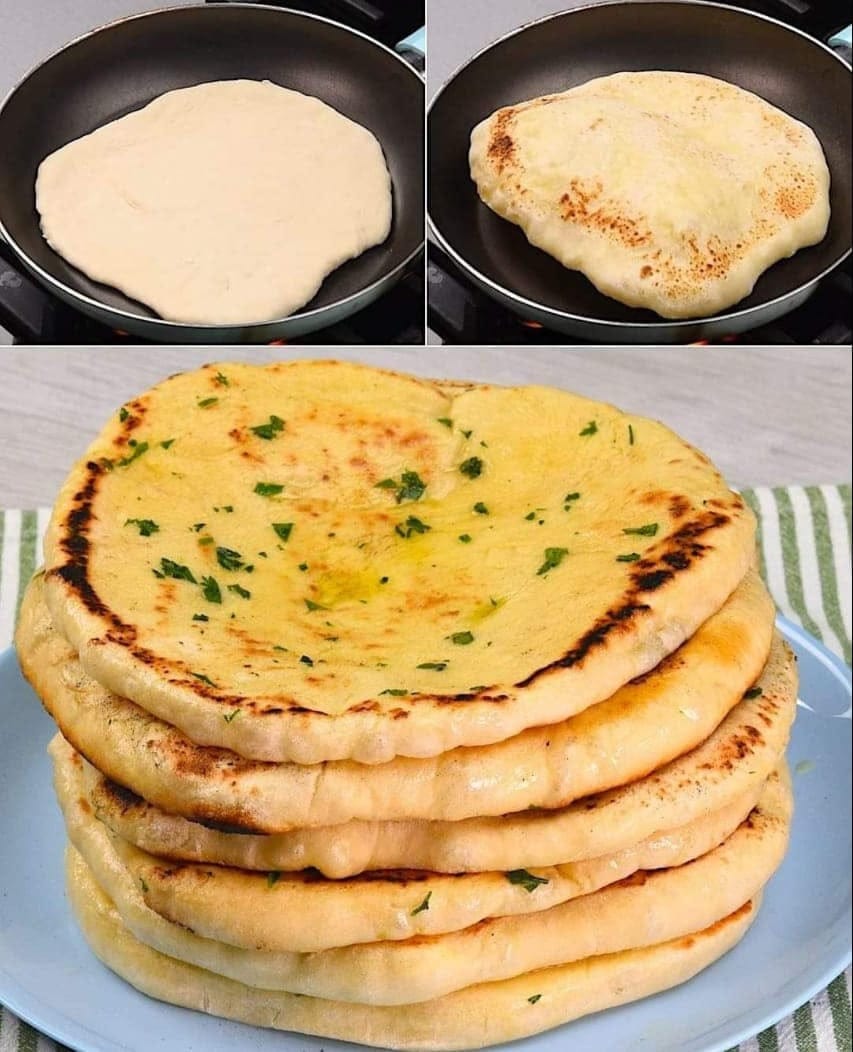1. Mix the Dough:
- In a large mixing bowl, whisk together the flour, salt, and instant yeast. Add the warm water and stir with a wooden spoon or rubber spatula until a shaggy dough forms. The dough will be sticky; that’s normal.
2. First Rise:
- Lightly grease another bowl with olive oil and transfer the dough to this bowl. Turn the dough around in the bowl so that it’s coated with the oil. Cover the bowl with a clean kitchen towel or plastic wrap and let it rise in a warm, draft-free place until it has doubled in size, about 1 to 2 hours.
3. Shape the Dough:
- After the first rise, lightly flour a work surface and your hands. Gently turn out the dough onto the surface, folding it over a few times on itself and shaping it into a rough ball. If the dough is very sticky, lightly flour the top of the dough as well.
4. Second Rise:
- Place the dough seam-side down on a piece of parchment paper. Cover it lightly with the kitchen towel again and let it rise for about 30 to 45 minutes, until it has puffed up a bit but not necessarily doubled.
5. Preheat Your Oven:
- While the dough is rising for the second time, place a Dutch oven (with its lid) into your oven and preheat it to 450°F (230°C). This step is crucial as the preheated Dutch oven simulates a professional bread oven, creating a steamy environment that contributes to the bread’s rise and crust formation.
6. Bake:
- Once your dough has finished its second rise and your oven is preheated, carefully remove the Dutch oven from the oven (it will be extremely hot). Lift the dough using the parchment paper and lower it into the Dutch oven. Cover it with the lid.
- Bake for 30 minutes with the lid on, then remove the lid and bake for another 15-20 minutes until the bread is golden brown and sounds hollow when tapped on the bottom.
- Use the parchment paper to lift the bread out of the Dutch oven and transfer it to a wire rack to cool.
7. Cool:
- Allow the bread to cool on a wire rack for at least an hour before slicing. This waiting time is crucial, as it lets the bread’s structure set and develop flavor.
Tips for Success:
- Water Temperature: Ensure the water is warm but not hot to activate the yeast without killing it.
- Dough Hydration: This recipe creates a wet dough, which is key to developing a light, airy interior. Resist the temptation to add too much additional flour when shaping.
- Creating Steam: The Dutch oven captures steam from the dough as it bakes, which is essential for achieving a crispy crust. If you don’t have a Dutch oven, you can place a pan of water on the bottom rack of your oven to create a steamy environment.
This easy bread recipe is just the beginning of your bread-making journey. Once you’re comfortable with the basics, you can start experimenting with adding herbs, cheeses, or other ingredients to customize your loaf. The joy of baking homemade bread is not only in the delicious results but also in the process of creating something from simple ingredients, offering a sense of accomplishment and the warmth of sharing it with others.
